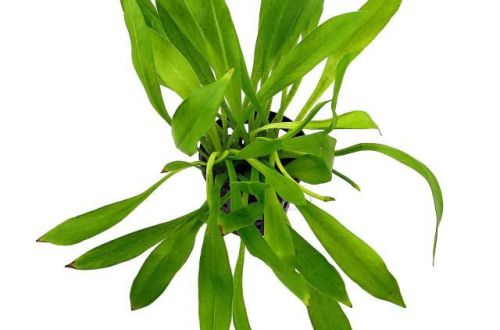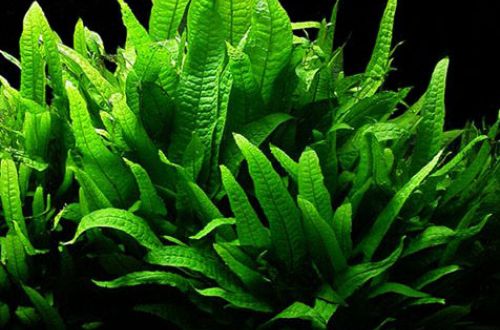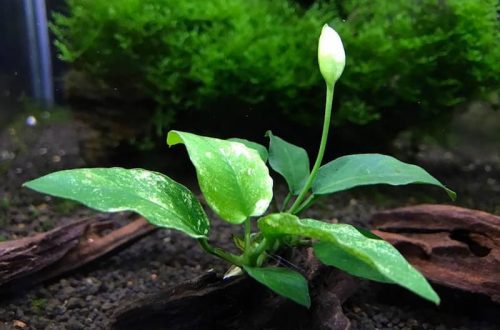
Helanthium Bolivianus
Bolivian Helanthium, scientific name Helanthium bolivianum quadricostatus. It was first discovered in 1927 on the shores of one of the lakes in the South American country of Bolivia. Previously, plants of the genus Helanthium belonged to Echinodorus, so the former name was Bolivian Echinodorus. It is still used and can be considered a synonym.

True Helanthium Bolivia is not usually presented as an aquarium plant, but rather as a collective name. In the aquarium trade, under this name, subspecies are usually supplied, such as Helanthium angustifolia, Helanthium broadleaf and Helanthium tender. When begging in aquariums, all varieties form similar sprouts with bright green long leaves collected in a rosette. In favorable conditions, they give numerous side shoots, forming low-growing dense thickets. Surface forms have much more differences, primarily in the shape of the leaf blade.
All varieties of Helanthium Bolivia have approximately the same requirements for their cultivation in aquariums. Plants need soft soil, warm slightly acidic soft water and a high level of lighting. When using specialized soil and the presence of fish, no fertilizer is required.





